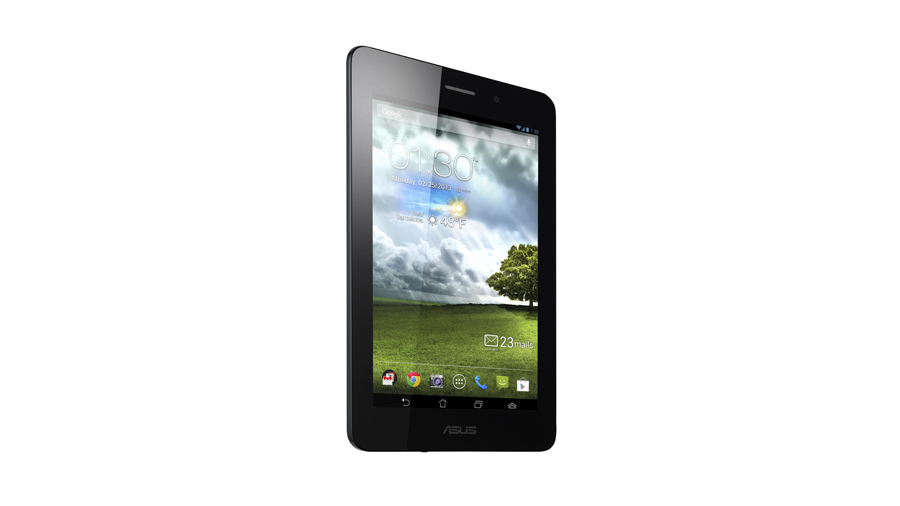Why you can trust TechRadar
There's a lot to like about the Asus FonePad. It's clearest competitor is the similarly-priced, similarly-specced and similarly-crafted Google Nexus 7. There are a few tweaks and a slight change of materials for the chassis, but the big change is the addition of 3G telephone capability.
The use of an Intel processor rather than Nvidia doesn't have a noticable effect on the performance, so what you should consider first about the FonePad is whether you want your tablet to be able to make and receive phone calls.
Considering the vast majority of us already have a smartphone in our pockets, we don't feel this is quite as vital a feature as Asus seems to think it is. It might be a nice option as a secondary line for anyone that requires a device for the office, but for the man on the street, we expect one telephone is enough.
So, as a smartphone, its use is negligible. But as a tablet, the Asus FonePad shines just as brightly as it's Google-branded cousin. Asus has priced the FonePad very nicely - it's cheaper than both the 3G Nexus 7 at £239 and the iPad mini at £269, which many see as the two ruling devices of the 7-inch market.
We liked
The build quality is first class (as in so many recent Asus products) and the metallic finish gives it a premium edge not found on the Nexus 7. Likewise, the screen is excellent and the fact that you've got 3G on board means you can be connected without a Wi-Fi hotspot.
Lifting the Asus FonePad above other budget offerings is Google's Jelly Bean OS. It works with Intel's Z2420 processor to keep the Asus FonePad incredibly responsive, with only slight judderings when returning to the homescreen.
Finally, Asus has corrected one of the biggest problems with the Nexus 7 by adding microSD support. So although the FonePad only has 16GB of native storage, you can add up to 32GB to hold even more content.
We disliked
The quality of apps for Google Play is still behind Apple's App Store. So although you'll find all the big-name applications in Google Play, chances are that new releases won't arrive as soon as they do on the iPad.
We felt that watching video on the FonePad is hampered slightly by the poor quality of the internal speakers. If you've got a good pair of headphones then you'll want to use them with this device as the audio performance struggles.
The lack of a rear-facing camera isn't a reason to discount the FonePad, but we flag it up here because the Americans get one in their model. Hardly fair, is it?
Final Verdict
The 7-inch tablet market isn't short of choices by any means. Big-hitters like the iPad mini and Nexus 7 grab most of the limelight, but there are solid choices like the Amazon Kindle Fire HD or BlackBerry PlayBook. Another option is the Samsung Galaxy Note 8.0, which also features 3G and has the same screen resolution as the FonePad.
Drop down a gear and you've also got budget choices like the Archos 70 Titanium vying for your pennies.
This means that Asus has to work very hard to make the FonePad a solid choice in the face of all this competition. Largely, it rests this on the ability to make phone calls from the device. If this is what you're looking for, then you're sorted - but for the majority, this might not be enough.
You're more likely to spend an extra £20 to pick this over the Nexus 7 because of the microSD compatibility, premium feel of the chassis, battery life and the 3G option. The Intel chip doesn't measure up to Tegra 3 on paper, but in performance terms we felt it was perfectly serviceable.
In summation, the Asus FonePad is a very accomplished Android tablet and offers amazing value-for-money. If you're not planning on spending a fortune, but still want a tablet with a wide choice of apps and features then you could do a lot worse than picking up this one in particular.
